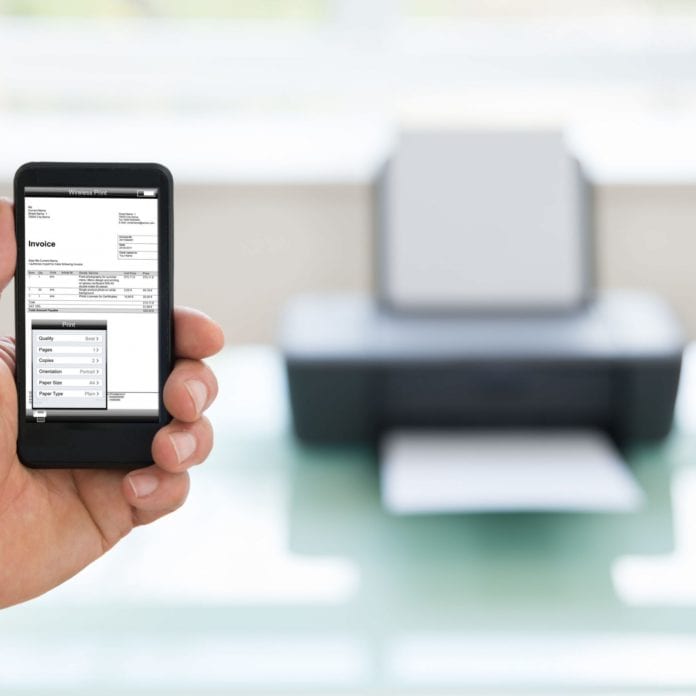Wi-Fi, Bluetooth, and VoIP are wireless technologies that the computer world has been using for decades. Designed to facilitate the exchange of data, most of our modern computer life depends on them.
Wireless technology is rapidly advancing. With ultra-dense infrastructure already being built for 5G, the mobile broadband experience is about to surpass anything we’ve seen before. Likewise, printing technology has advanced over the last 35 years. You’d think to put them together – printing and wireless – would create some fantastic fireworks. However, that’s not the case.
Out of everything we rely on wireless technology for, printing has been lagging behind. Not only has it been slow and unreliable but, until the last couple of years, it hasn’t been user-friendly.
The first printers were slow, yet produced a reliable connection
Although outdated and slow by today’s standards, parallel ports provided a consistent, reliable connection to a printer. With the introduction of USB powered printers, printing technology got faster and remained relatively easy to use.
Setting up a printer wasn’t hard. Drivers were easy to install, and the cable was easy to plug in. With the introduction of wireless printing, however, setting up a printer guaranteed an afternoon of frustration and troubleshooting.
In the beginning, wireless printing complicated usability
When wireless technology found its way into home printers, everything about usability became complex. Instead of a simple cord facilitating communication between a computer and the printer, the lines of communication became tangled. Multiple devices were required to communicate with each other including modems, routers, Ethernet switches, computers with varying operating systems, and mobile devices. If your device wasn’t compatible, that’s just the way it was.
Sometimes it was impossible to print from certain devices like smartphones, so manufacturers created special printers just for those devices.
Setting up a wireless printer, even just five years ago, still required physically connecting it with a USB cable to a computer to complete the setup. If all you had was a tablet with no ports, good luck!
Today, wireless printing isn’t perfect, but it doesn’t take an engineering degree to set it up. In fact, most modern printers will connect to a wireless network the moment you enter the password — as if it were another computer joining the network.
Computers have been joining wireless networks easily for over a decade, and yet it took 35 years for printers to catch up.
Why did wireless printing take decades to become user-friendly?
If wireless technology is so advanced, why has wireless technology been lacking in printers? The simple answer is that most home printers (inkjet) are created with a disadvantage. Inkjet printers are built with poor components and hardware to start with, so they’re not capable of facilitating the full potential of wireless technology.
The inkjet printer model works by selling consumers a cheap printer, and the real money is made by selling ink; ink that runs out too quickly.
In other words, there’s nothing wrong with wireless technology; it’s the poor quality construction of home inkjet printers that prevents wireless technology from being fully utilized.
User-friendly technology won’t replace professionals
Technology has evolved to be more user-friendly than ever. Anyone who can manipulate a WordPress installation can call themselves a website designer, and anyone with access to the right templates and card stock can print their own business cards. These actions were once restricted to professionals who spent decades mastering their craft and utilizing top tools in the industry.
In today’s user-friendly world, DIY printing projects are mediocre, yet accepted when they save time and money. Although templates allow us to print everything from home, it is best to leave business materials to the pros.
That doesn’t mean you have to spend a fortune and several months with a local printer, though. Companies like Printing Center USA offer professional services to print your business booklets online. It’s an easy alternative to struggling with an inkjet printer.
The gap in usability is gone, but quality needs to catch up
Although wireless printing is finally easy to setup, relying on inkjet printers will always compromise the quality of what you produce. You’ll need to trade in your inkjet for a laser printer if you want to produce professional quality printing from home.

